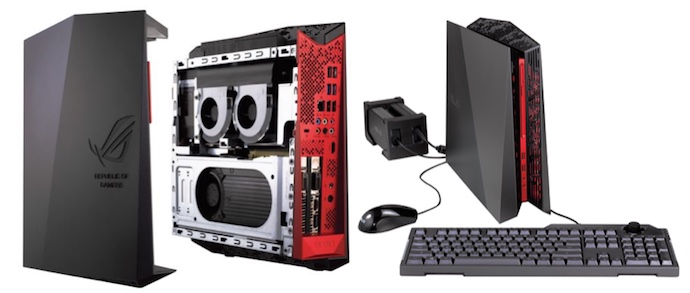
For the past few weeks, I’ve been exploring the ever shrinking PC. From the Ultrabook to the mini PC, computers have gotten smaller with every generation. However, in this final series post, I’ll look at PCs that have resisted the trend and seem unlikely to get the mini treatment any time soon.
A Quick Review of Tech That Enables PCs to Get Smaller
Making a PC smaller isn’t as simple as arranging components more effectively within the case to save space. PC design isn’t Tetris–although the battery packs inside ultra-portables like Dell’s XPS 13 and the new MacBook do push the limits in terms of utilizing ever square centimetre of available room.
What makes it possible for something that used to occupy an entire room to shrink down to the size of a USB thumb drive (like the Intel Compute PC on a stick) is steadily increasing PC computing power. As per Moore’s law, PCs have been doubling in performance roughly every two years. Combined with chip makers’ progress in shrinking the transistors that go into a computer’s CPU, that has meant more power in a progressively smaller CPU.
Add in advances like integrated graphics, low power chips that don’t need a cooling fan and dropping components like ethernet ports or optical drives in favour of Wi-Fi and replacing bulky HDDs with solid state storage, and you have the ability to fit a pretty impressive computer in an extraordinarily compact package.
However … Those strategies won’t work with all PCs.
Gaming PCs
Ground zero for the computer that resists shrinking down to a mini PC form factor is the gaming PC, and most of the blame lies with the video card—or video card(s).
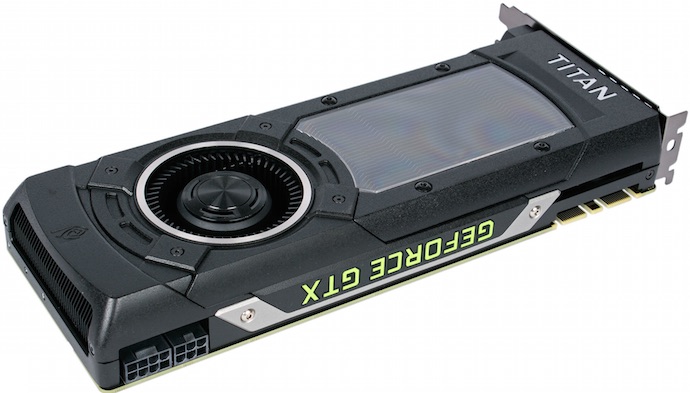
Today’s video games put a huge demand on hardware. Textures, shading, particle effects and real-time rendering—all at up to 4K resolution (sometimes even higher!) and at fast frame rates—means serious silicon is needed.
Take the ZOTAC GeForce GTX Titan video card, for example. Nvidia says it is capable of driving Batman: Arkham Origins with settings cranked to maximum, at a resolution of 3840 x 2160 pixels at over 60 frames per second. To do so, this card packs over 8 billion transistors, 3072 CUDA cores and 12 GB of GDDR5 RAM. It can hit temperatures of 100 degrees C and consumes 250 Watts of power.
The video card itself measures roughly 27 x 11 x 3.5 cm and hardcore gamers might choose to use two in tandem. Besides the card itself, the heat generated requires space, a big power supply and a serious cooling fan to prevent the rest of the computer’s components from cooking. Cramming everything into the smallest space possible won’t end well …
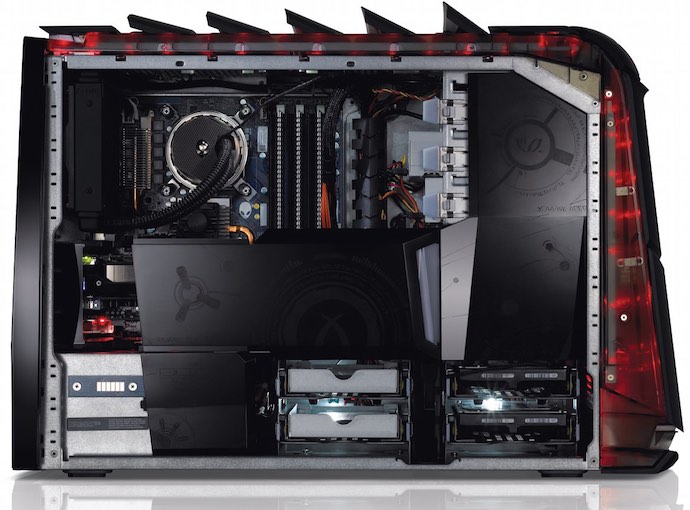
To put things in perspective, the popular Intel NUC mini PC is about 11 cm square.
There is no physical way to put the power needed to offer a premium gaming experience into a mini PC case. The closest gaming PC manufacturers have been able to come is a system like the Alienware Alpha. They managed to shrink this computer down to a 20 x 20 x 7.5 cm box, but this isn’t a true PC gaming rig in the classic sense; it’s a Steam Box that utilizes a custom 2GB GPU, plays games at 1080p and is intended to compete with video game consoles like the Xbox One rather than true gaming PCs.
Gaming Laptops
Gaming laptops are a popular choice for mobile PC gamers, and those who lack the space for both a gaming rig and a monitor.
Desktop gaming PCs have it tough when it comes to attempts to miniaturize, but gaming laptops have it even worse. Not only do manufacturers have to stuff a big video card inside a portable form factor, players want a big, high resolution display. There are smaller gaming laptops, but in order to offer greater portability, they sacrifice power and display size. That means turning down the settings, lower frame rates and probably a bit of squinting.
Alienware has taken an interesting approach to the issue by releasing an accessory called the Gaming Amplifier, a 3.5 kg, 41 cm long box large enough to house a powerful desktop video card to supplement a gaming laptop’s own graphics capabilities. But that’s still not helping gaming laptops to get much smaller—it’s just offloading hardware to a second box.
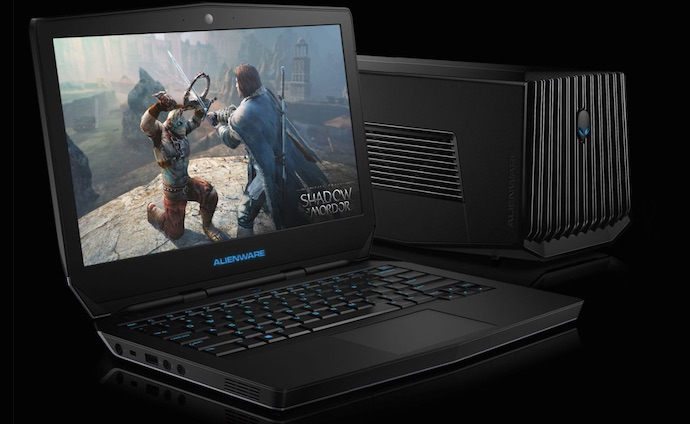
Performance PCs
While gaming computers can’t get the mini PC treatment without running into the reality of the video card, other performance PCs also face a challenge in efforts to downsize.
Those CPUs that are so energy efficient they don’t need a cooling fan? They would sure save a lot of space in a PC, but for a performance PC (and a gaming PC for that matter) they’re a non-starter. These machines simply need more horsepower on tap. That means more space, more heat and more room needed for cooling and power supply.
Any PC used for professional photo and video editing will also rely on a graphics card and we’ve been through what that means.
Computers used in a professional setting also typically require a wide range of expansion ports for accessories, as well as slots and room for internal expansion—adding hard drives, additional RAM and other components.
The combination of power required, plus the ability to expand make it difficult to miniaturize these PCs. They have been getting smaller, but true mini form is tough to manage.
Never Say Never
Never is a pretty powerful word, especially in the world of computers where one technological leap can have a huge effect on what is possible. So I’m not going to say that gaming PCs and high performance PCs will never be as small as the mini PCs available today. However, given the realities of the situation—particularly the fact that a high end video card itself is longer than two of these mini PCs put together—I wouldn’t hold my breath waiting for a PC on a stick like the Intel Compute to be able to push out 4K gameplay at 60 fps …
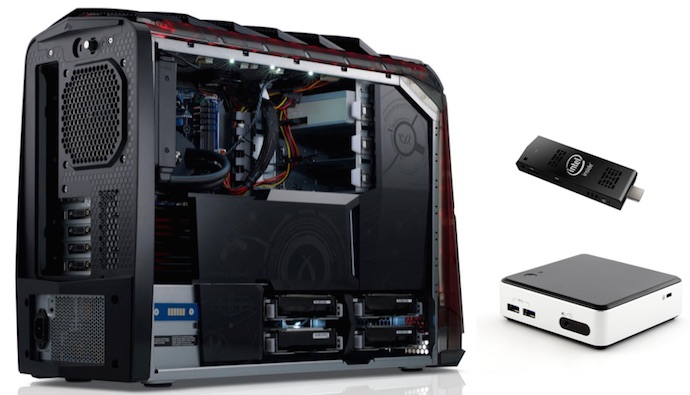
If you missed the earlier posts on this series on the shrinking PC, you can catch up starting with the high tech advances that are driving miniaturization, the shrinking laptop, your smartphone’s future as a PC replacement, along with the PC and one that’s bucking the trend by getting bigger.



